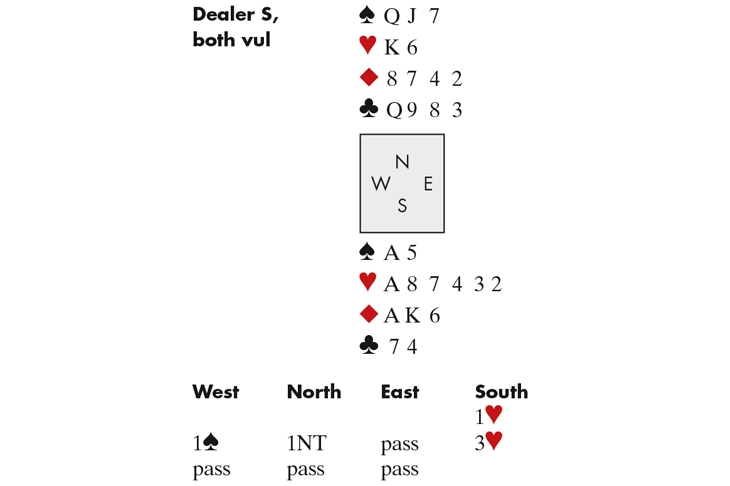This is a great time to be a bridge professional — not just for the world’s top players, who have their pick of super-rich sponsors, but also for those a good few notches below them. In London, there seems to be an ever-growing list of clients willing to spend £100 or more for a game at their local club. I’ve never given much thought to what it’s like to be a professional, but recently I came across a fascinating article by the bridge pro August Boehm which made me realise how approaches differ vastly. Some clients don’t particularly want to improve; they don’t even want their mistakes pointed out. They just want to have fun and get the best possible result — and to this end, the pro has to dominate the auction to make him or herself declarer as often as possible.
Most clients do, of course, want to improve, so here the aim is not to win but to teach. The pro allows them to participate actively in decision-making, and doesn’t shy away from putting them in difficult contracts. But he also needs to gauge their aptitude. If they’re limited in their ability to improve, it would be foolish to put them to the test too much. As a measure of his own clients’ progress, August doesn’t look so much at how well they play, but at how well they grasp his explanations of better techniques. He gives this hand by way of example:
W leads the ♦J. (Assume trumps are 3-2.)You need to establish a second spade quickly to discard a diamond (or club). Playing ace and another spade runs the risk of the next spade being ruffed by East, which sets the contract if he holds just two trumps.








Comments
Join the debate for just £1 a month
Be part of the conversation with other Spectator readers by getting your first three months for £3.
UNLOCK ACCESS Just £1 a monthAlready a subscriber? Log in